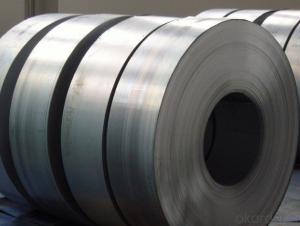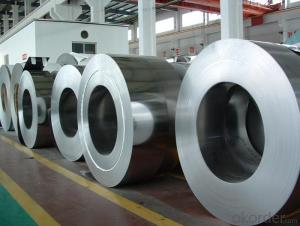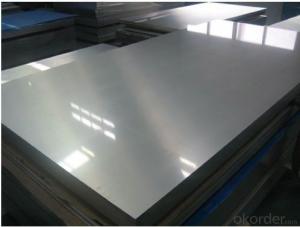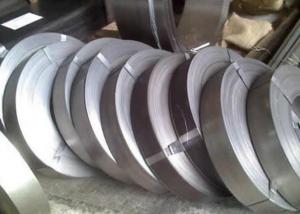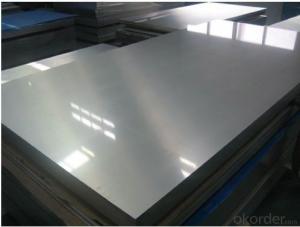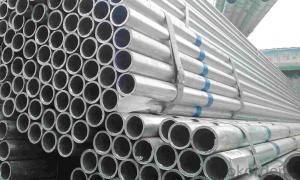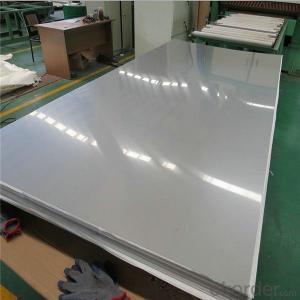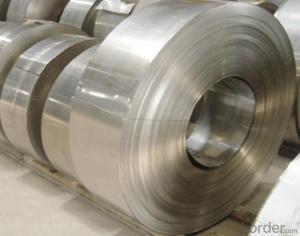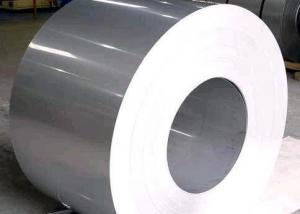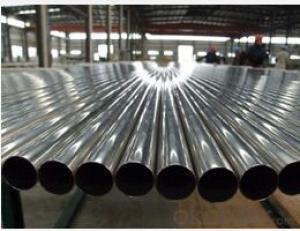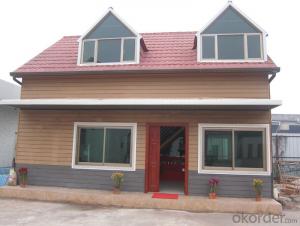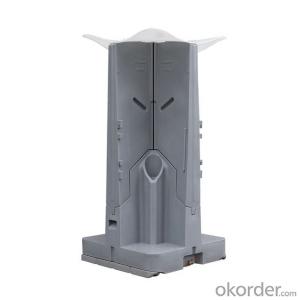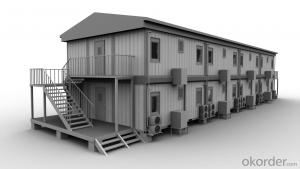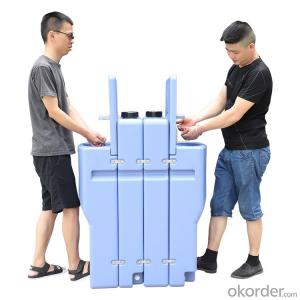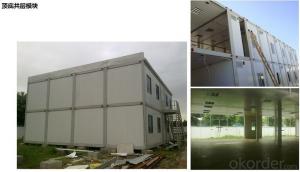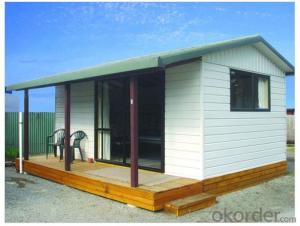Stainless Steel Strips
Stainless Steel Strips Related Searches
Stainless Steel Trim Strips Stainless Steel Straps Stainless Steel Clips Stainless Steel Pipes Stainless Steel Studs Stainless Steel Tubes Stainless Steel Snaps Stainless Steel Strap Stainless Steel Wires Stainless Steel Screens Stainless Steel Tape Stainless Steel Pipe Screens Stainless Steel Elements Stainless Steel Bars Stainless Steel Scrap Stainless Steel Chains Stainless Steel Plates Stainless Steel Scratches Stainless Steel Piping Stainless Steel Grates Stainless Steel Tiles Stainless Steel Straws Stainless Steel Brake Lines Stainless Steel Clip Stainless Steel Pins Stainless Steel Cloths Scrap Stainless Steel Stainless Steel Rods Stainless Steel Hardware Stainless Steel EnclosuresStainless Steel Strips Supplier & Manufacturer from China
Stainless Steel Strips are a type of metal product made from stainless steel, known for their excellent corrosion resistance, durability, and strength. These strips are manufactured in various grades and thicknesses to meet the diverse requirements of different industries. They are widely used in numerous applications, such as in the construction of buildings, automotive parts, household appliances, and various industrial equipment. The versatility of stainless steel strips makes them a popular choice for a multitude of purposes, including architectural detailing, structural components, and decorative elements.Stainless Steel Strips find their application in various usage scenarios, such as in the manufacturing of precision instruments, medical devices, and food processing equipment, where their non-corrosive properties are highly valued. They are also used in the aerospace and marine industries due to their ability to withstand harsh environmental conditions. The demand for stainless steel strips is continuously growing, as they offer a cost-effective and reliable solution for numerous applications across different sectors.
Okorder.com is a leading wholesale supplier of Stainless Steel Strips, boasting a vast inventory of high-quality products. We offer a comprehensive range of stainless steel strips in various grades, dimensions, and finishes to cater to the specific needs of our clients. Our extensive inventory ensures that we can promptly fulfill orders of any size, making us a reliable partner for businesses looking to source stainless steel strips for their projects.
Hot Products



